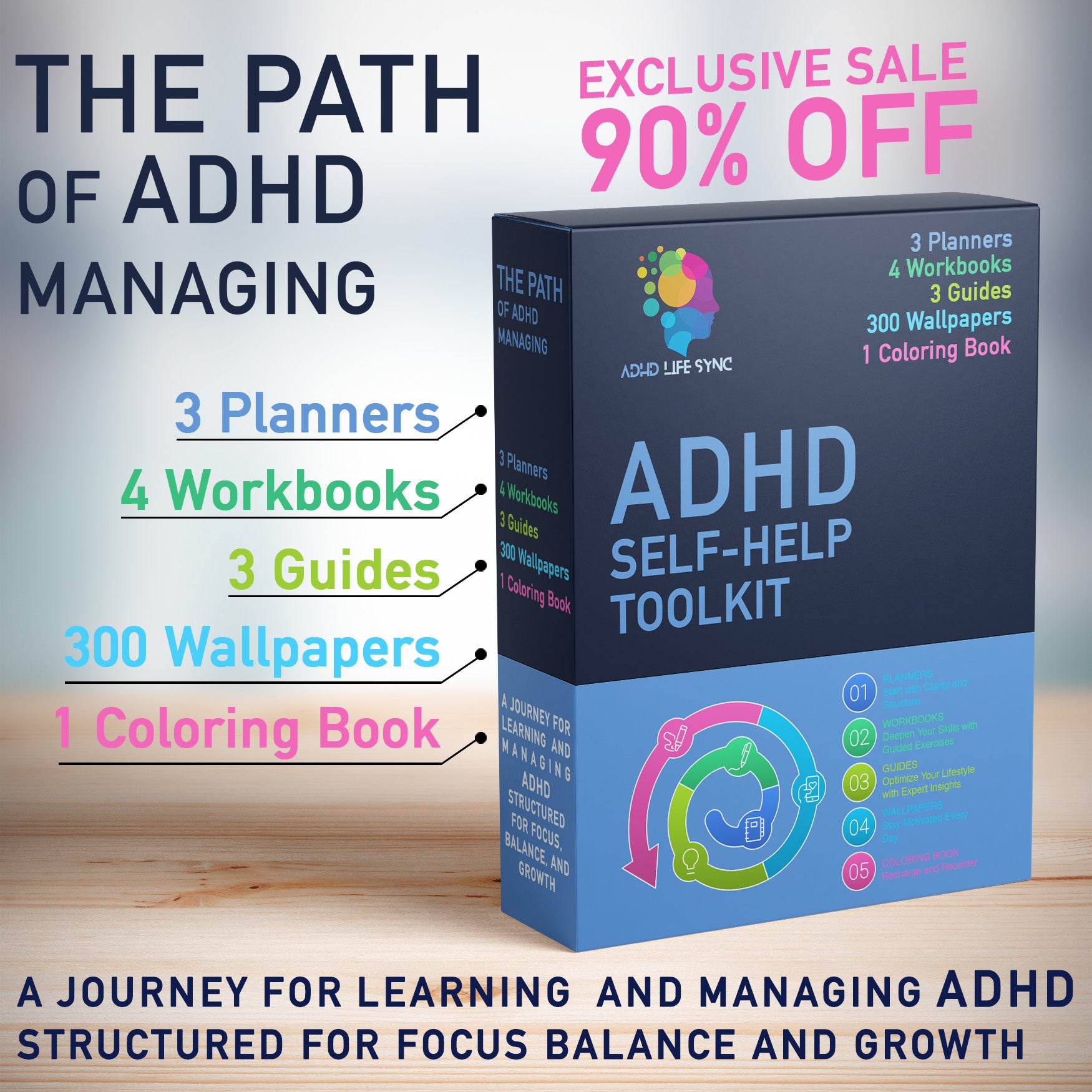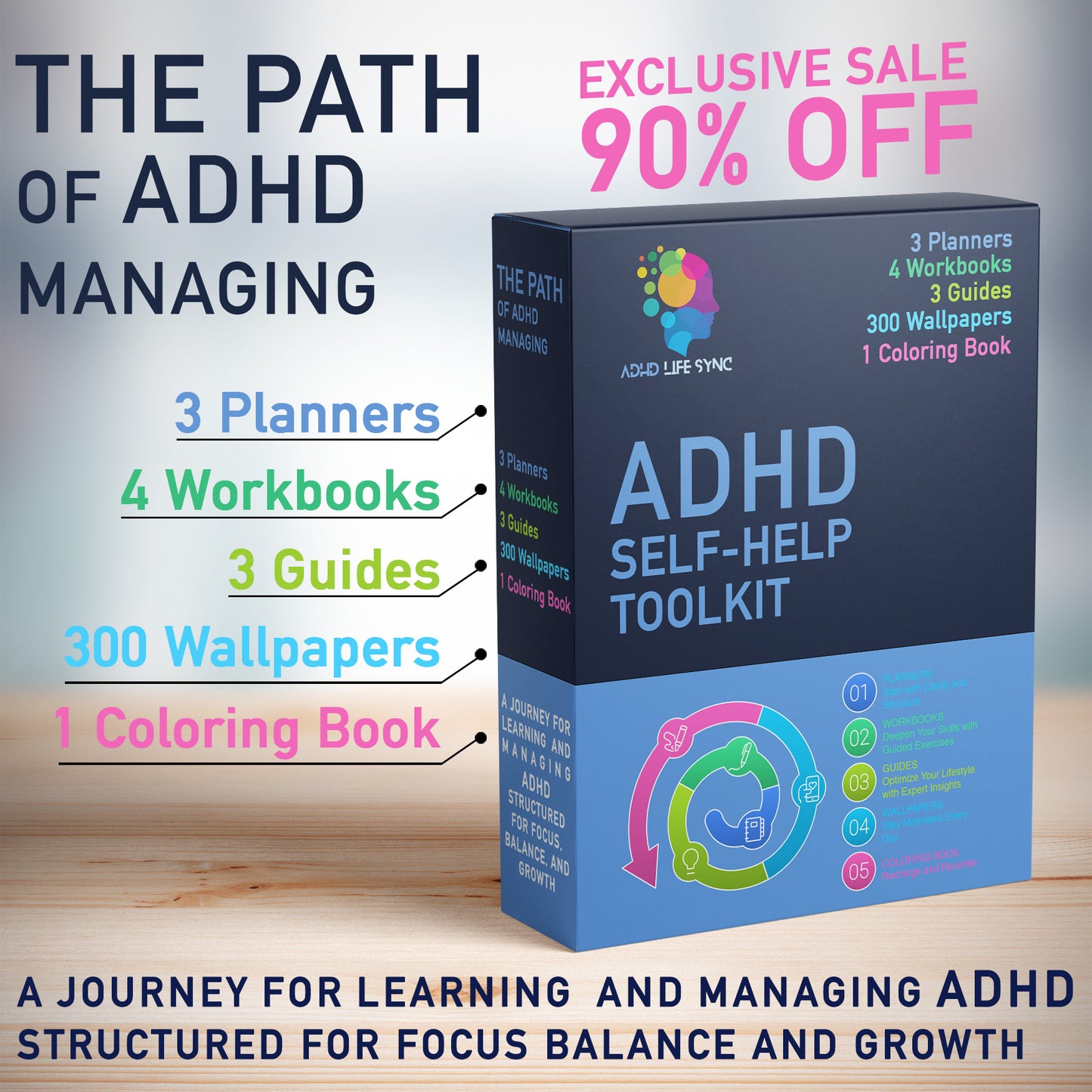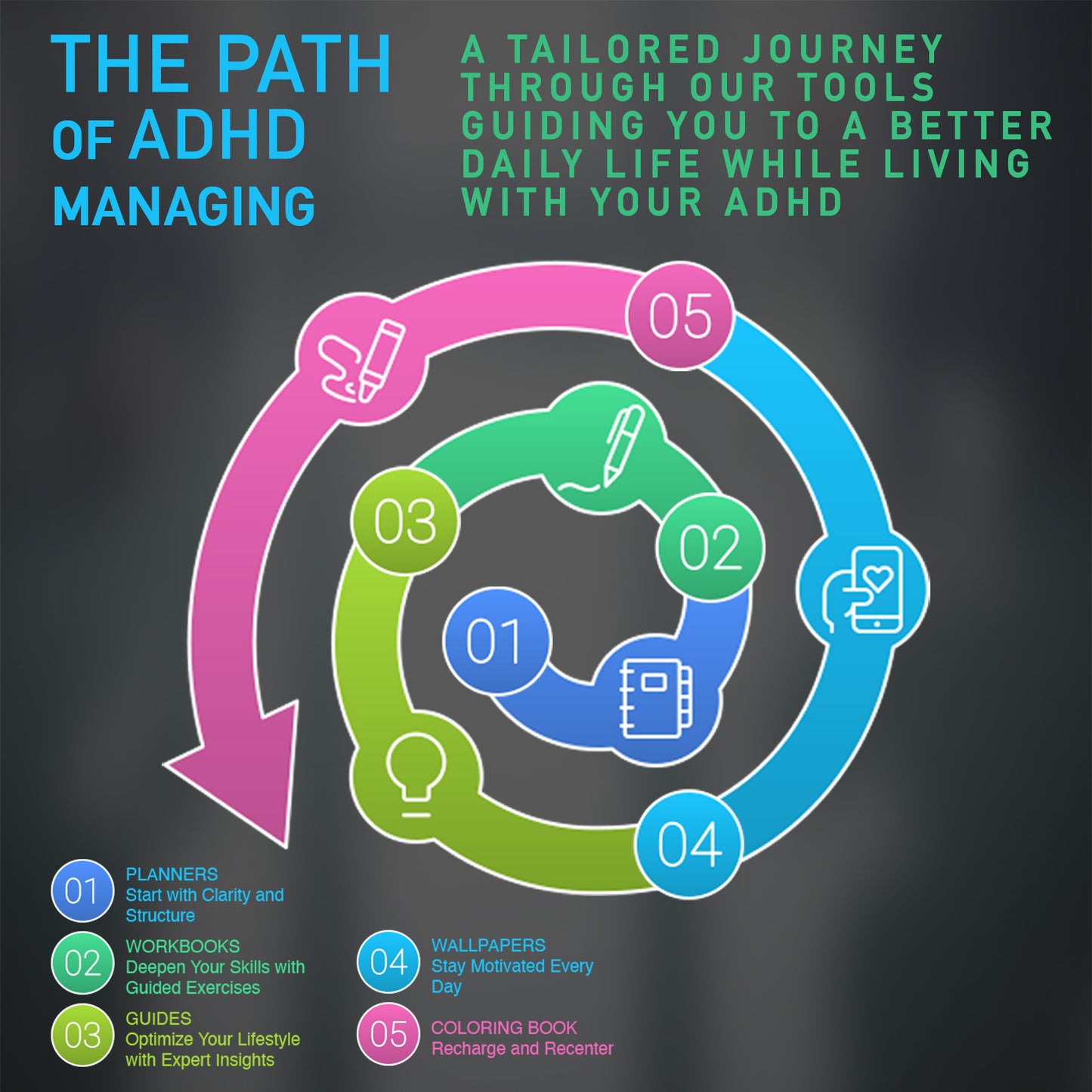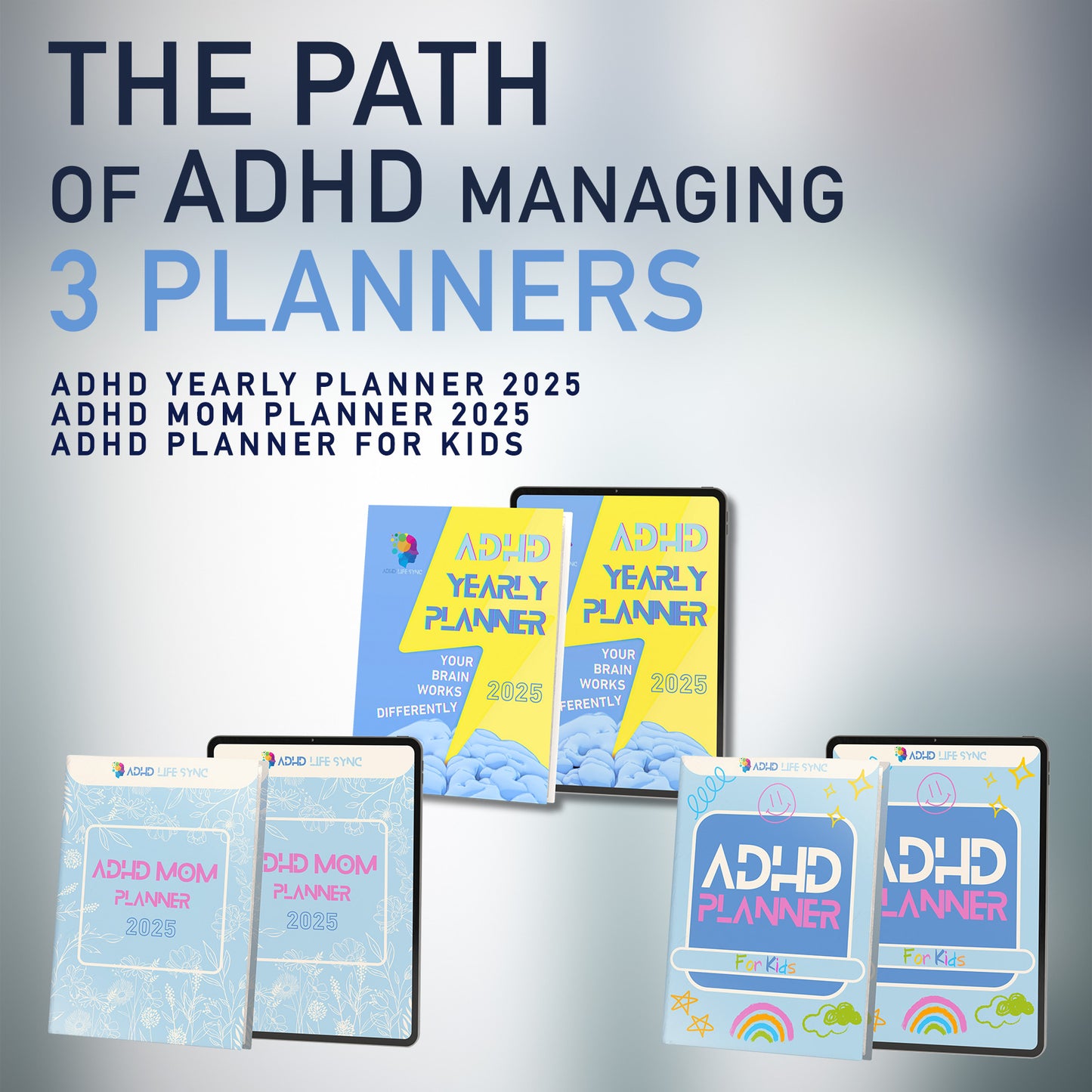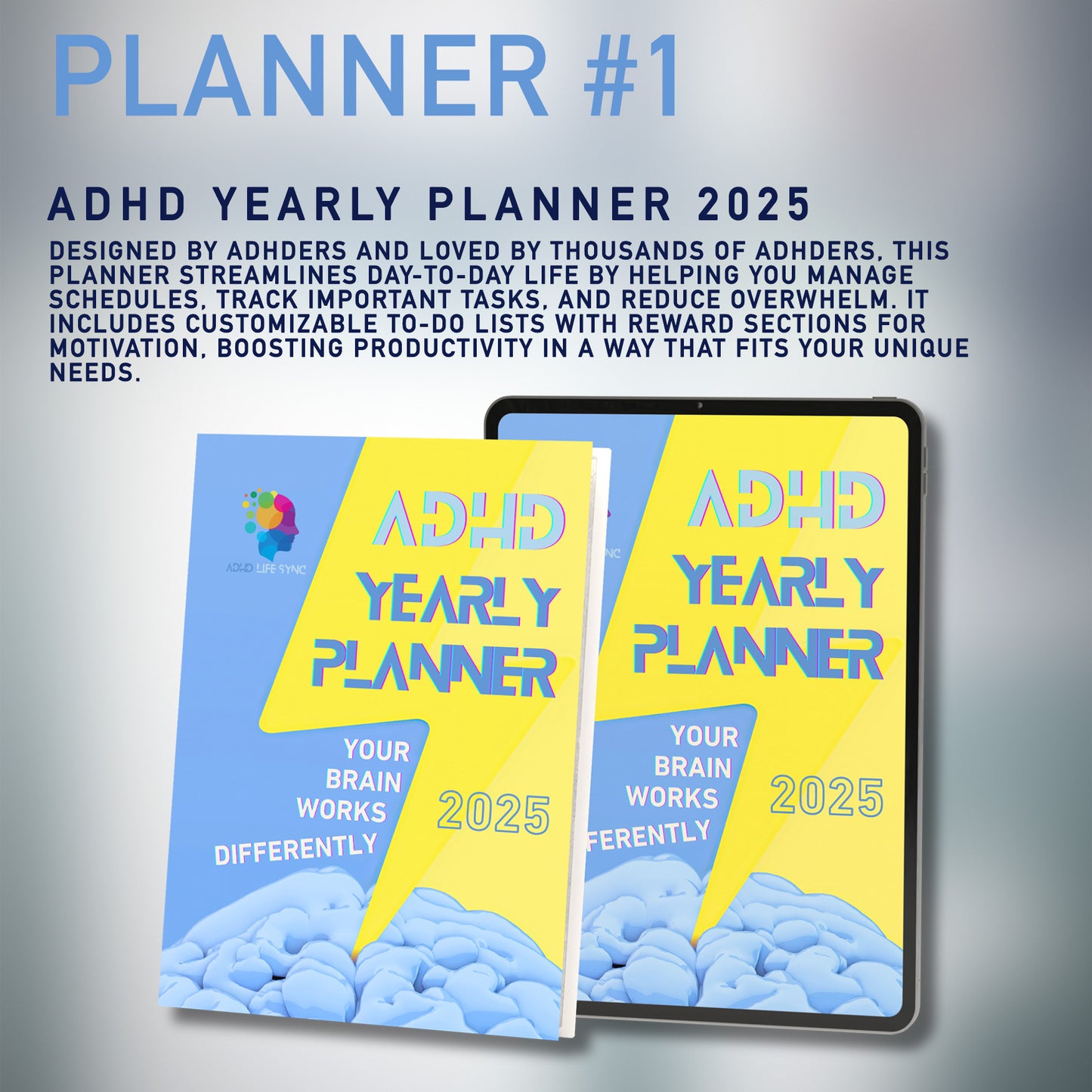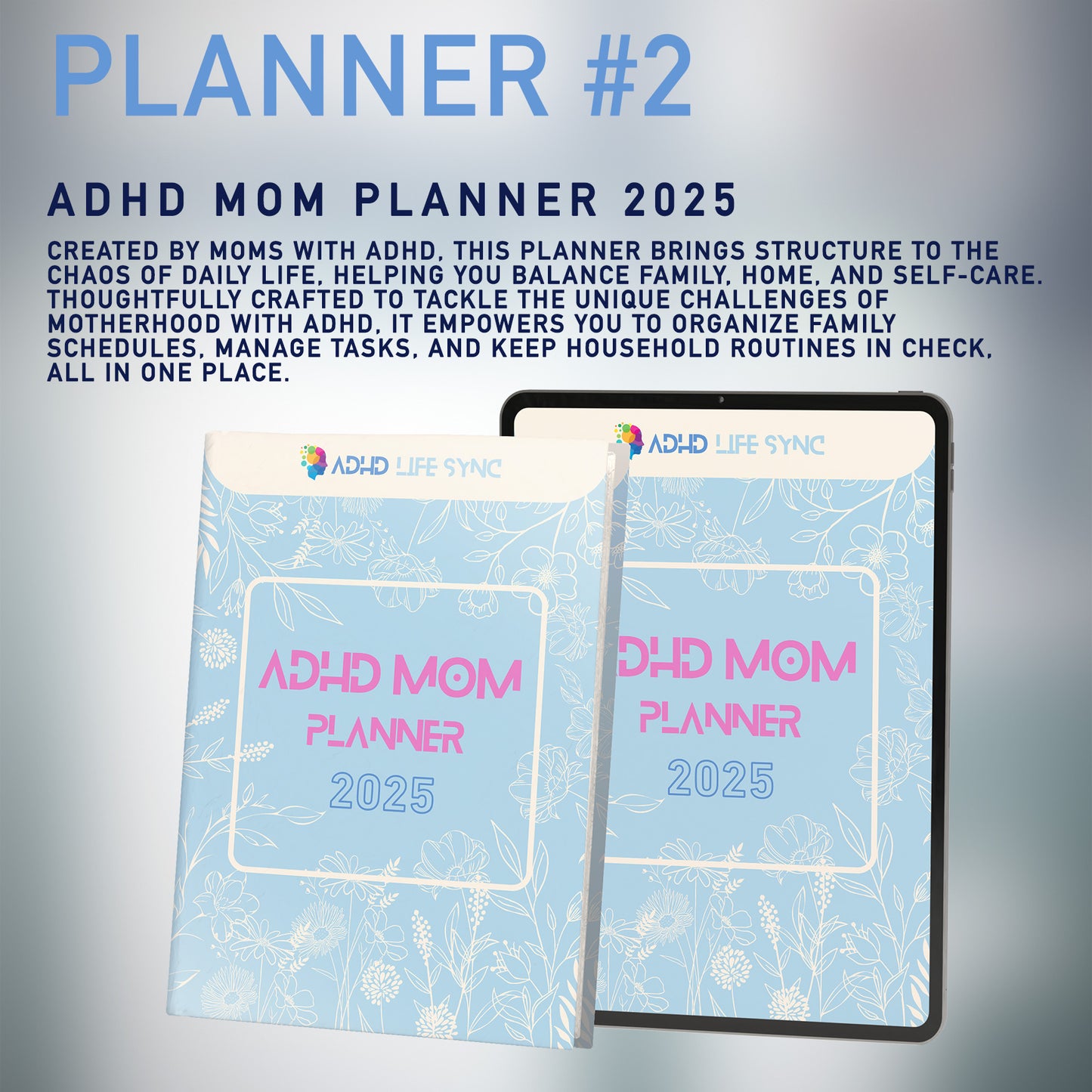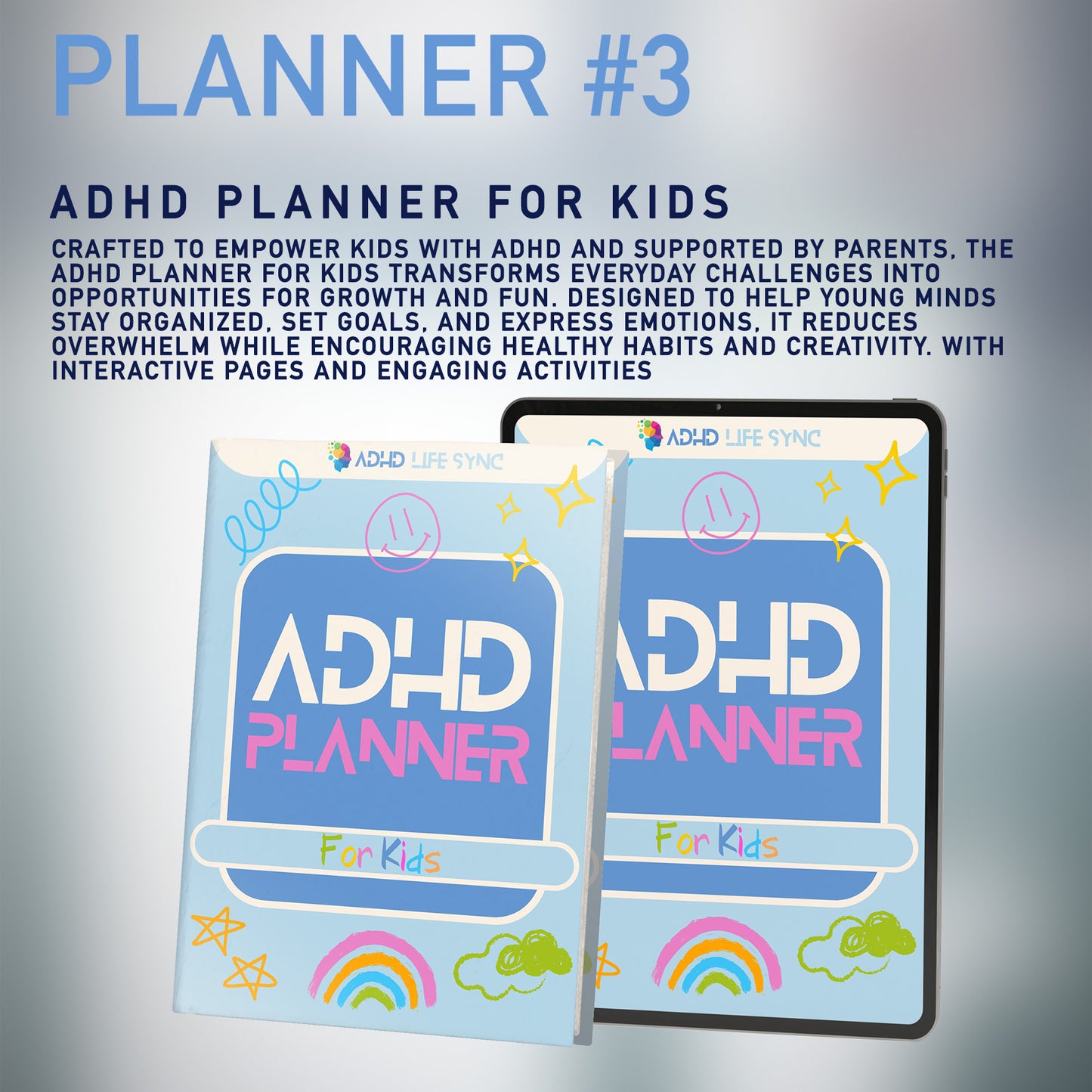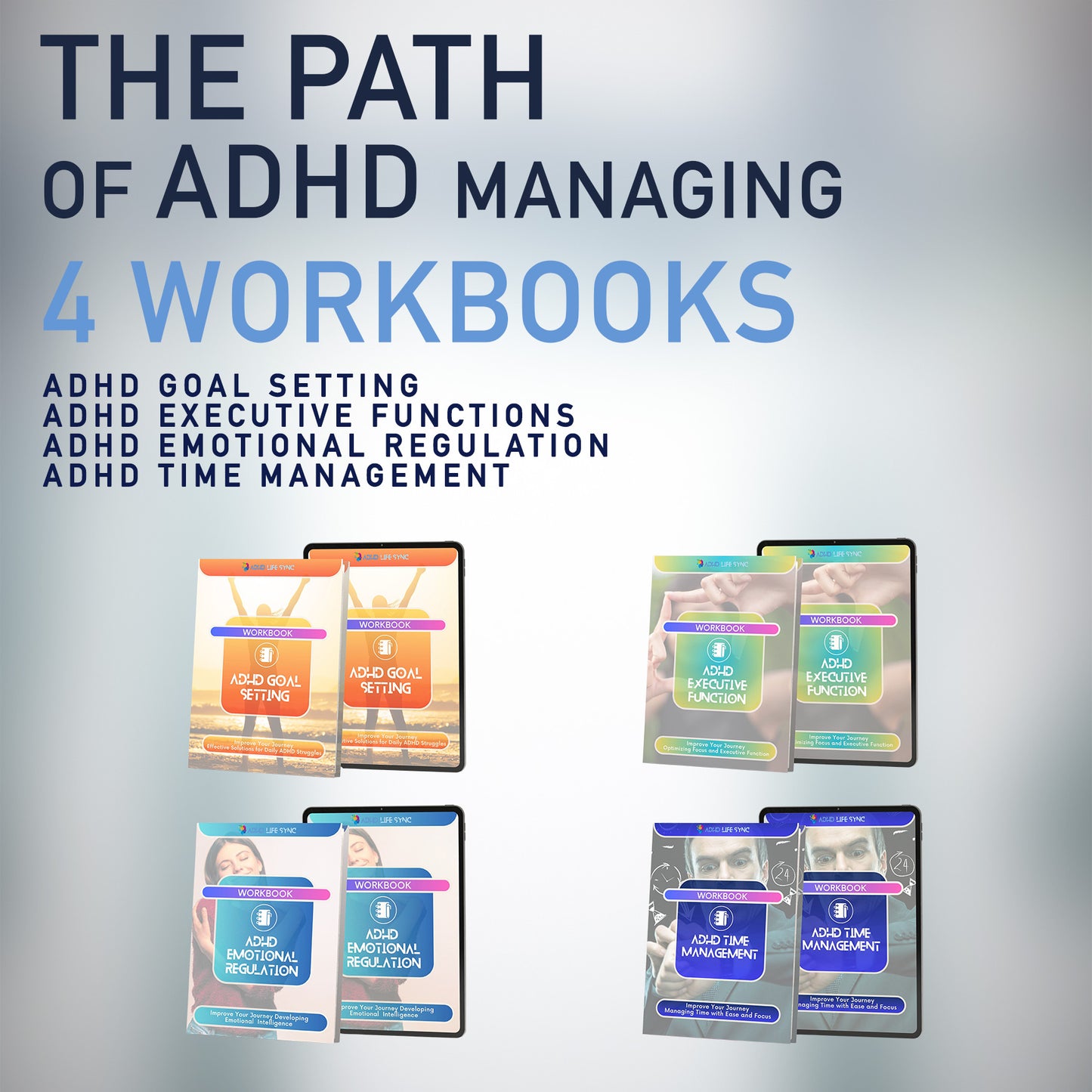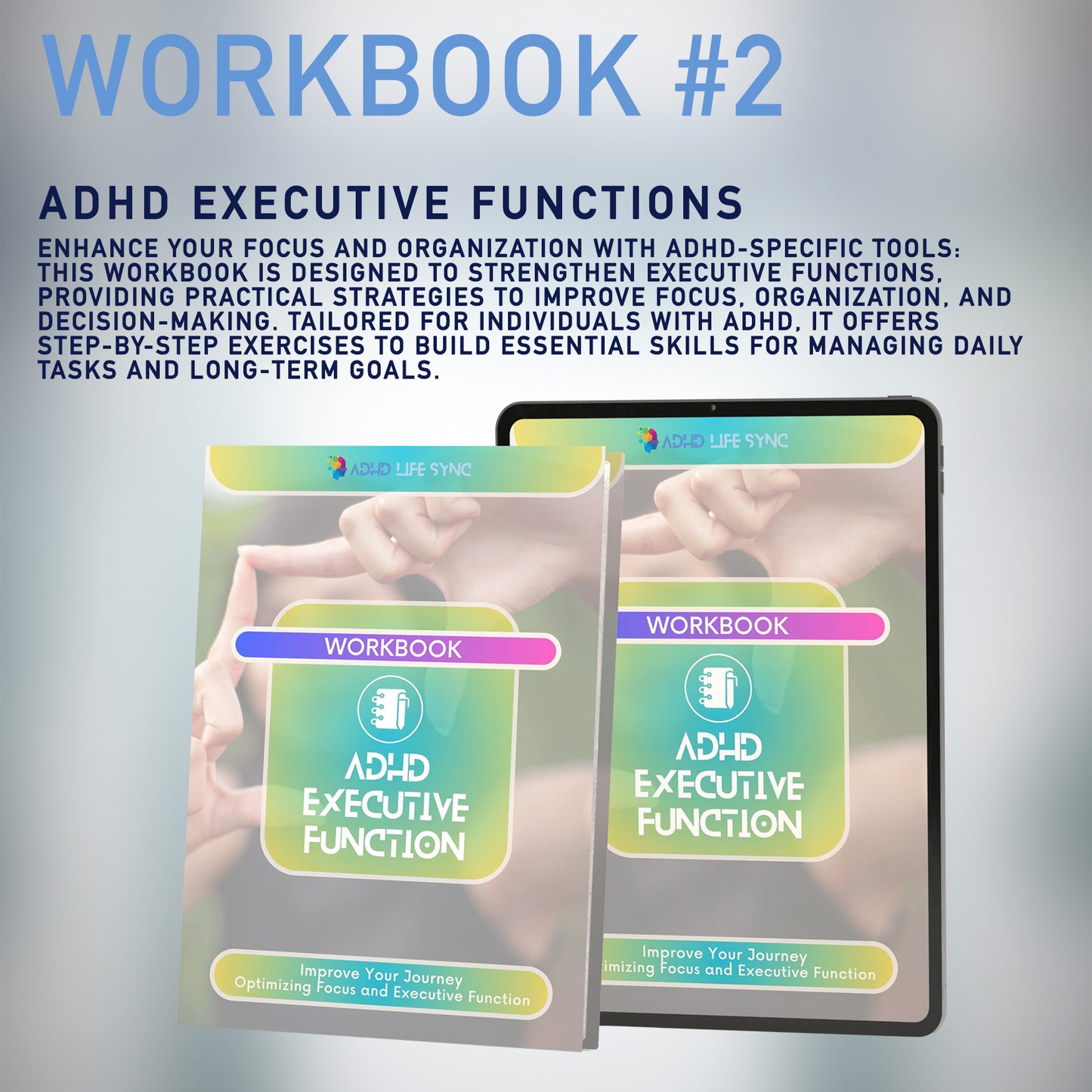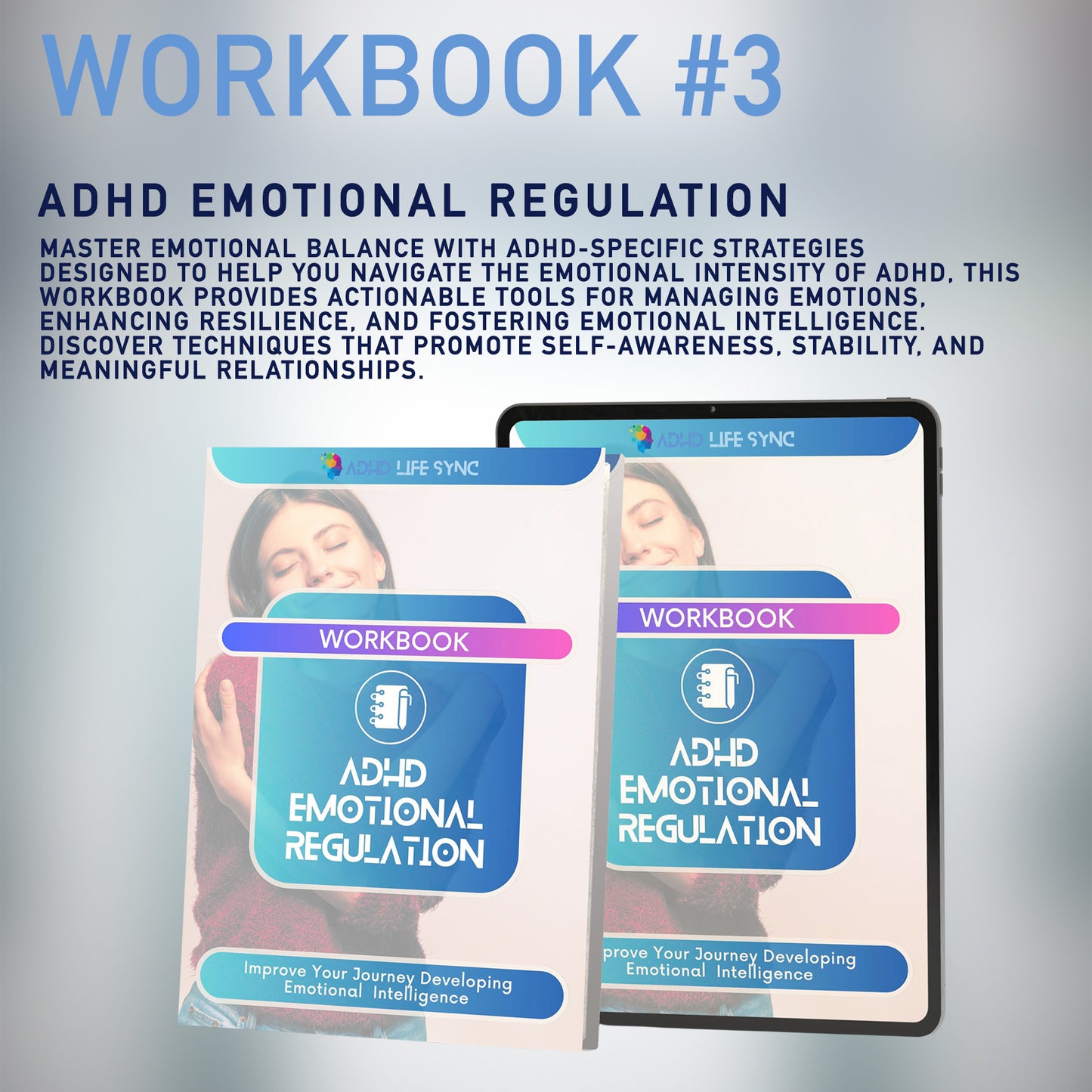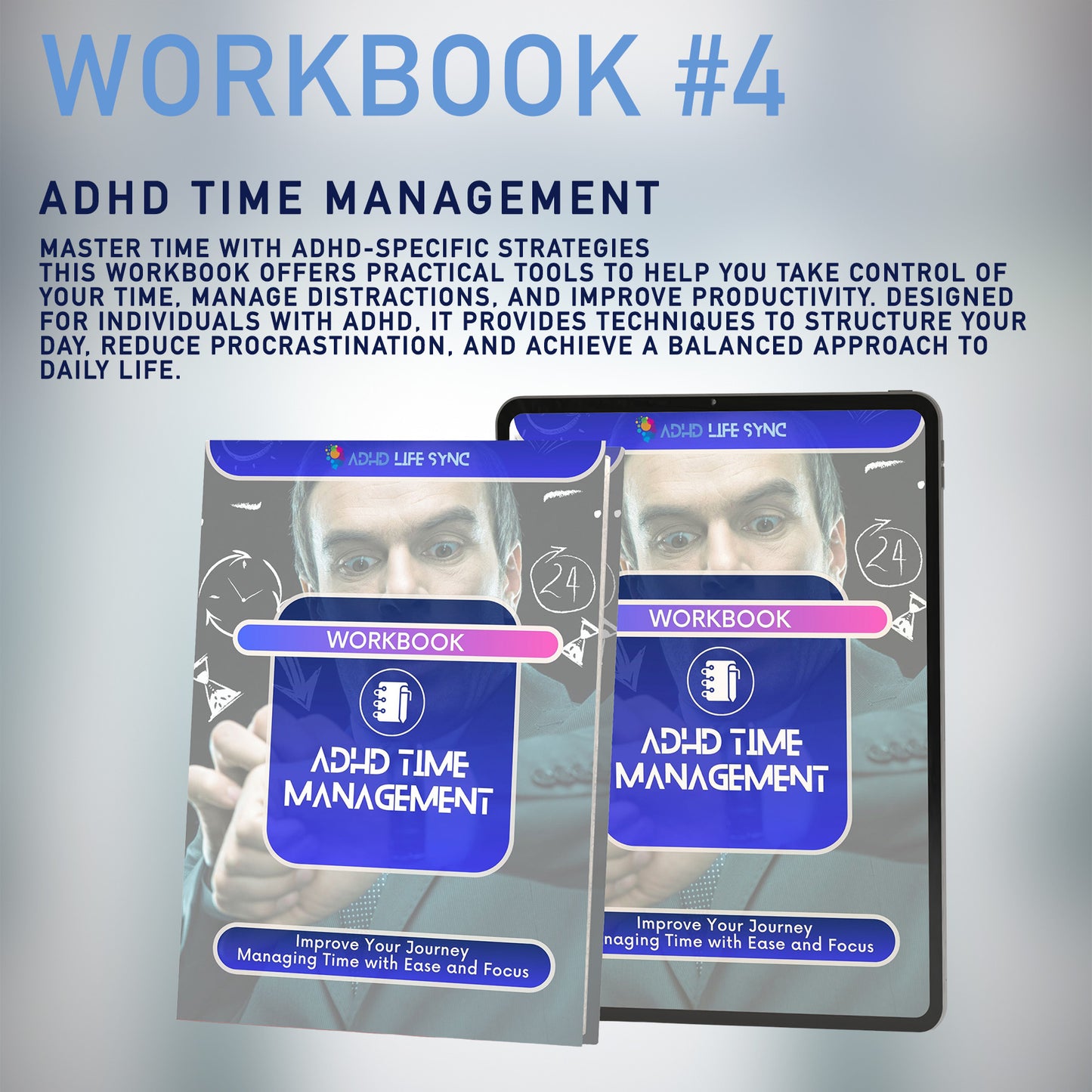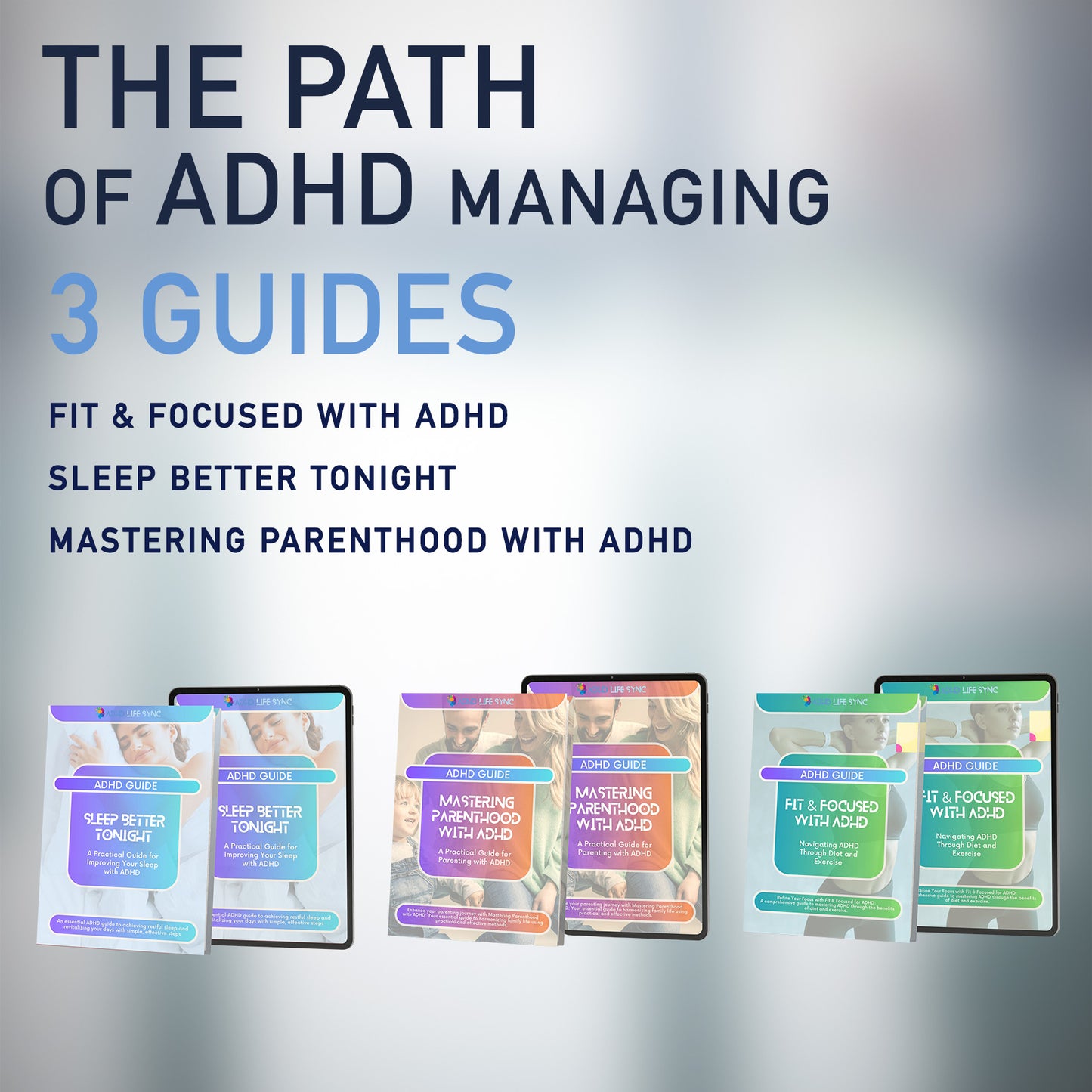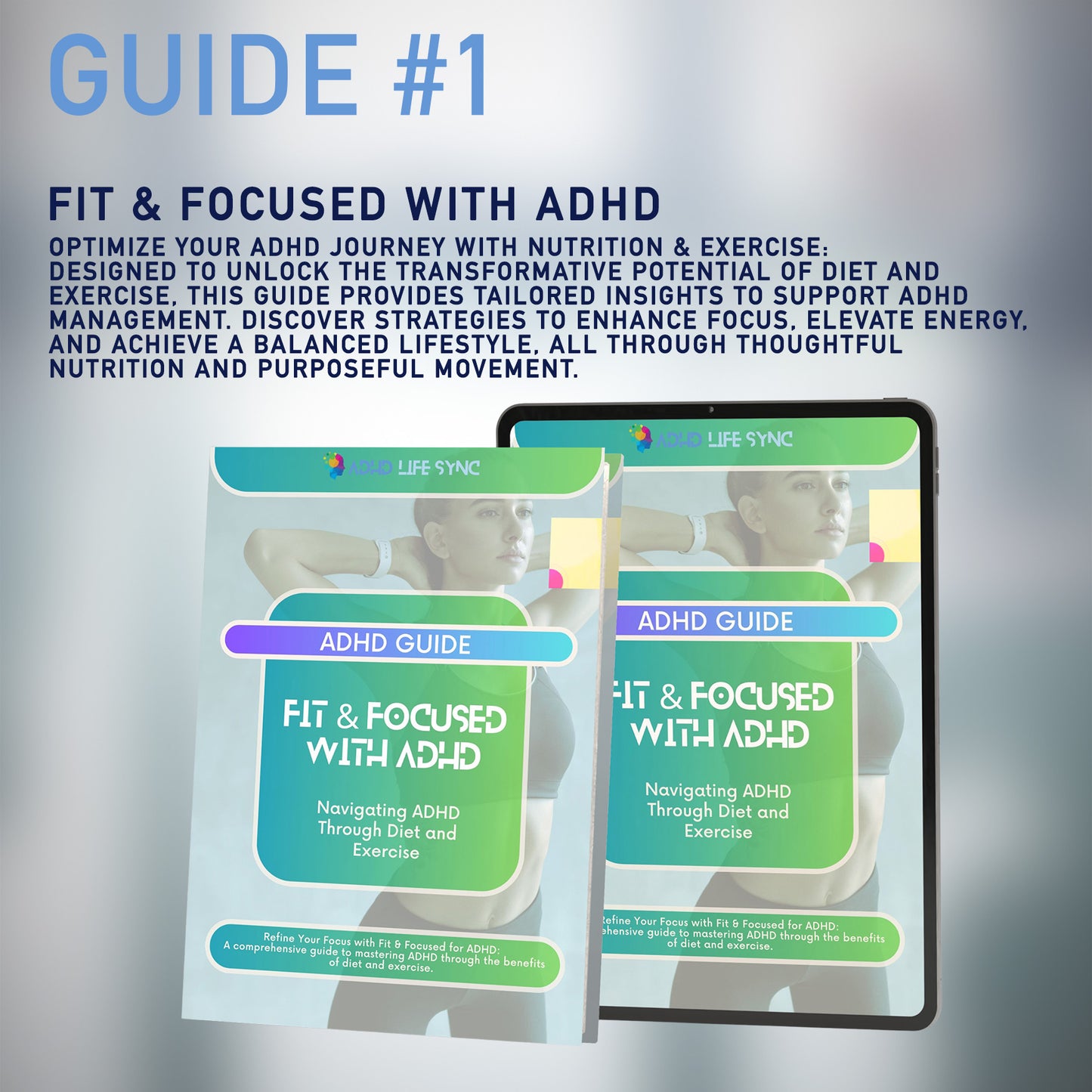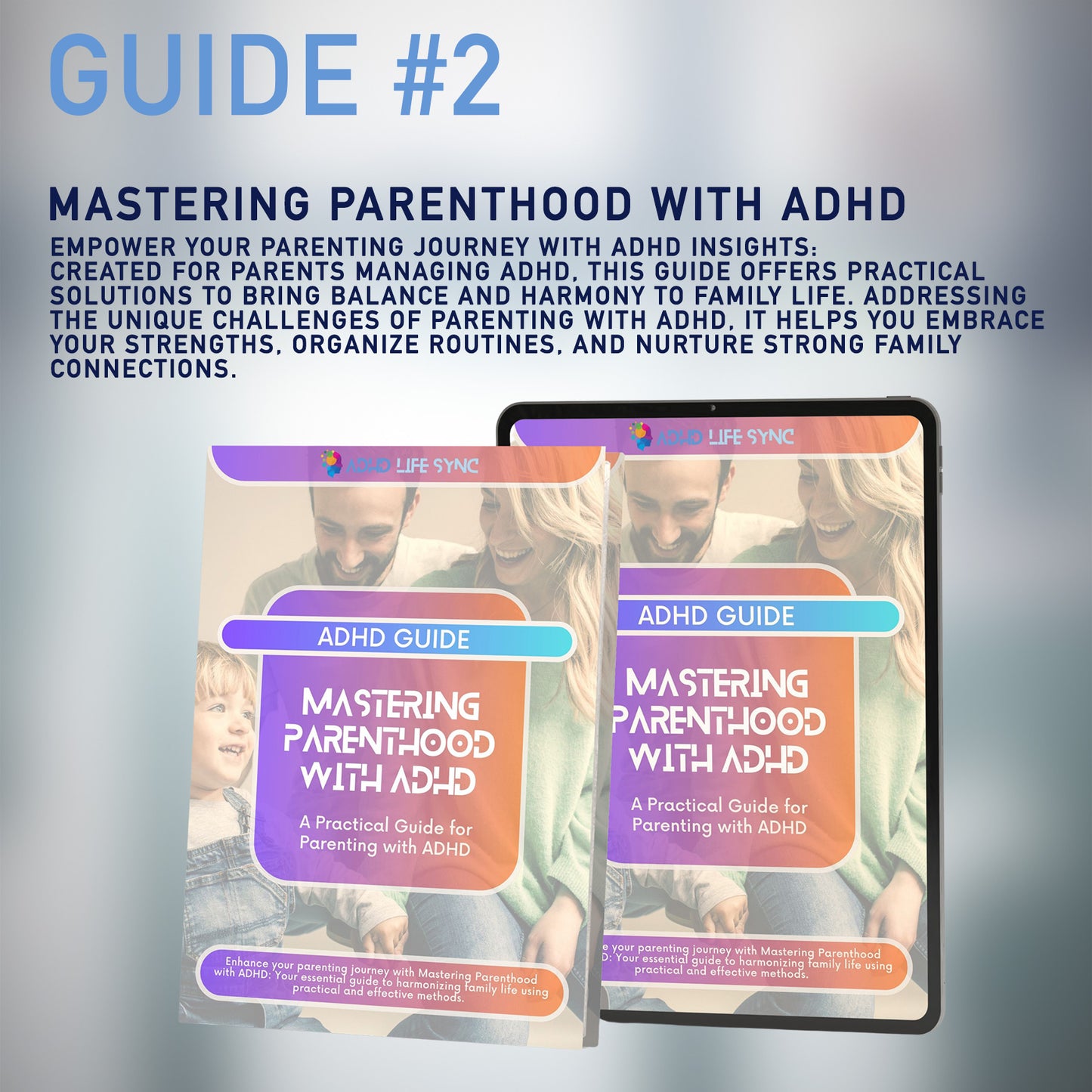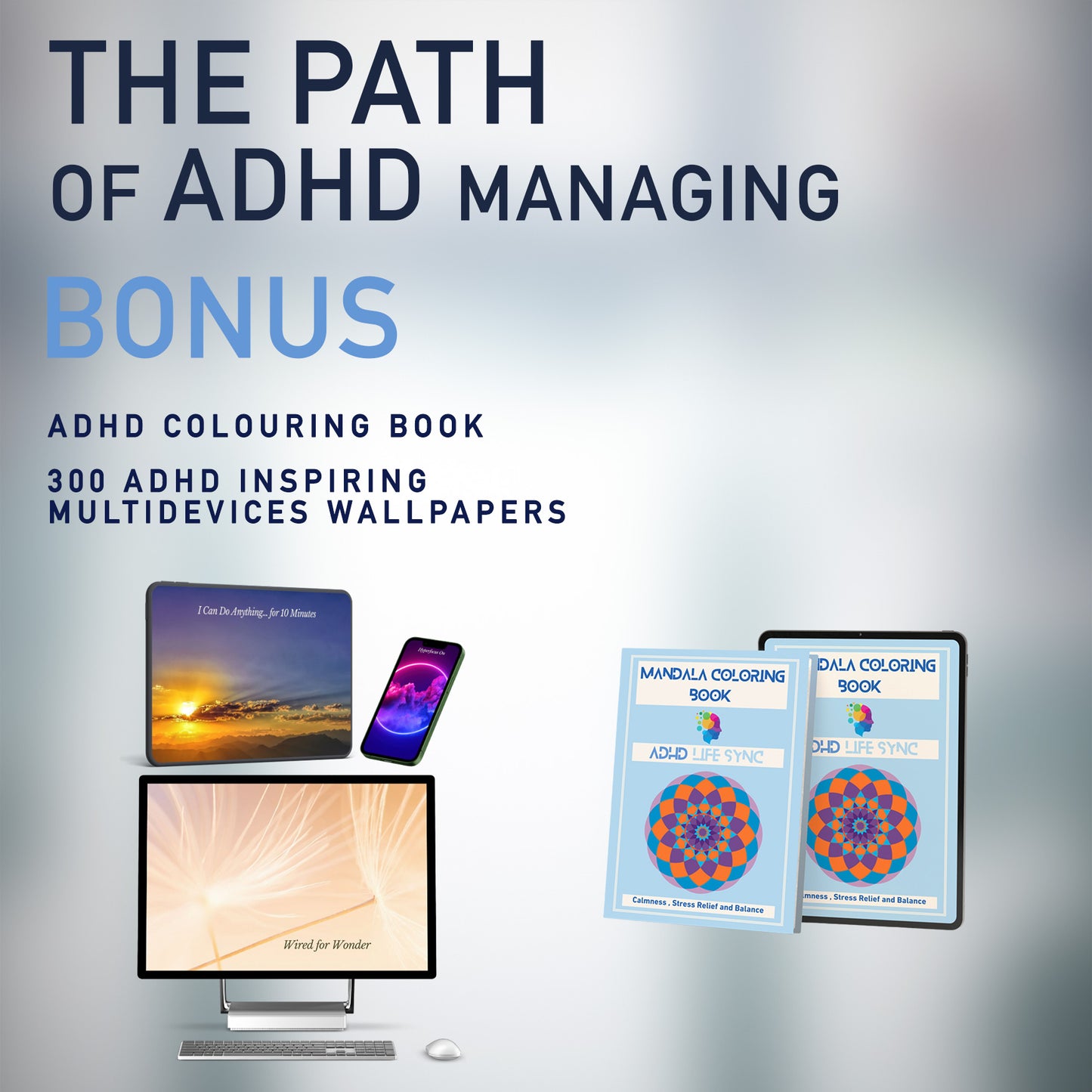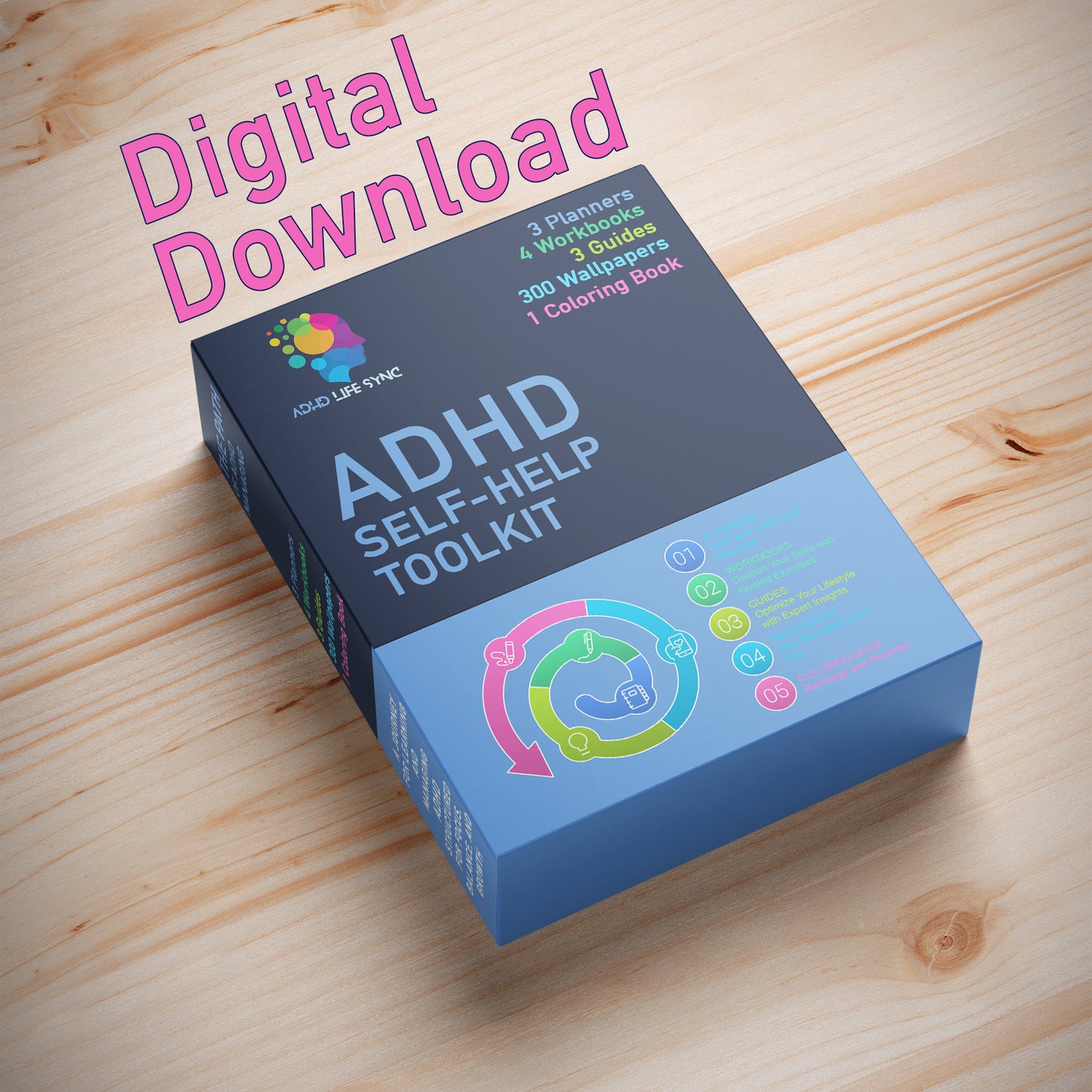
Navigating the School Day with ADHD: A Closer Look at Common Traits
Navigating school with ADHD can feel like trying to tune into a radio station that constantly shifts frequencies. While ADHD manifests differently for each individual, there are common traits that tend to show up in students. Recognizing these traits is key to creating an environment that supports ADHD students and helps them thrive. 🌟
Here are some insights into the spectrum of ADHD traits in a school setting:
1. Difficulty Following Instructions
Following instructions with ADHD can feel like assembling a puzzle without a picture to guide you. Complex or multi-step tasks often become confusing, leading to incomplete assignments. This isn’t a question of effort or intelligence—it's how the ADHD brain processes information.
2. Forgetting Assignments and Deadlines
For students with ADHD, deadlines can slip through the cracks. Despite their best intentions, they may struggle with time management, making due dates feel like surprise events.
3. Disorganized and Messy Workspace
A messy desk can be more than just disorganization. It may reflect the whirlwind of thoughts constantly swirling in the ADHD mind, where ideas shift quickly from one to another.
4. Difficulty Sitting Still
Restlessness is often associated with ADHD, particularly in children who present with hyperactivity. This isn't about discipline but rather an outward expression of the internal energy driving their brains.
5. Challenges with Group Work
Collaborating in groups can be overwhelming for ADHD students. They might hyperfocus on one idea while the group moves on, or struggle to balance multiple perspectives at once.
6. Easily Distracted
In a busy classroom, ADHD brains act like magnets for distractions. What might be background noise to others can become a significant source of disruption for students with ADHD.
7. Exceptional Creativity
ADHD minds often excel in creative, project-based learning environments. Their ability to think outside the box can lead to innovative ideas and unique solutions.
8. Emotional Regulation Difficulties
Managing emotions can be a challenge, with strong reactions to criticism or peer interactions. Acknowledging this can help teachers and parents offer the right emotional support.
9. The Hyperfocus Paradox
While distraction is common, so is hyperfocus on subjects of interest. This intense concentration can lead to impressive achievements in specific areas.
10. Navigating Social Interactions
Social interactions can be tricky for ADHD students. Misinterpretations or impulsivity might create strained relationships, but with understanding and guidance, they can develop these skills in a supportive setting.
How to Create a Supportive Environment for ADHD Students
Once these traits are recognized, it's important to implement strategies that help ADHD students manage challenges and build on their strengths. These might include:
- Structured Flexibility: Clear instructions and deadlines paired with flexibility can make a world of difference.
- Organizational Tools: Visual aids, countdown timers, and active breaks can keep students on track.
- Active Learning Opportunities: Hands-on activities and movement-based learning can help manage restlessness.
- Emotional Support: Safe spaces and peer support are crucial for navigating the emotional ups and downs of school life.
- Strength-Based Learning: Focusing on each student's interests and talents can boost confidence and engagement.

